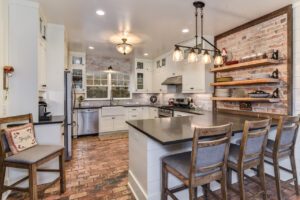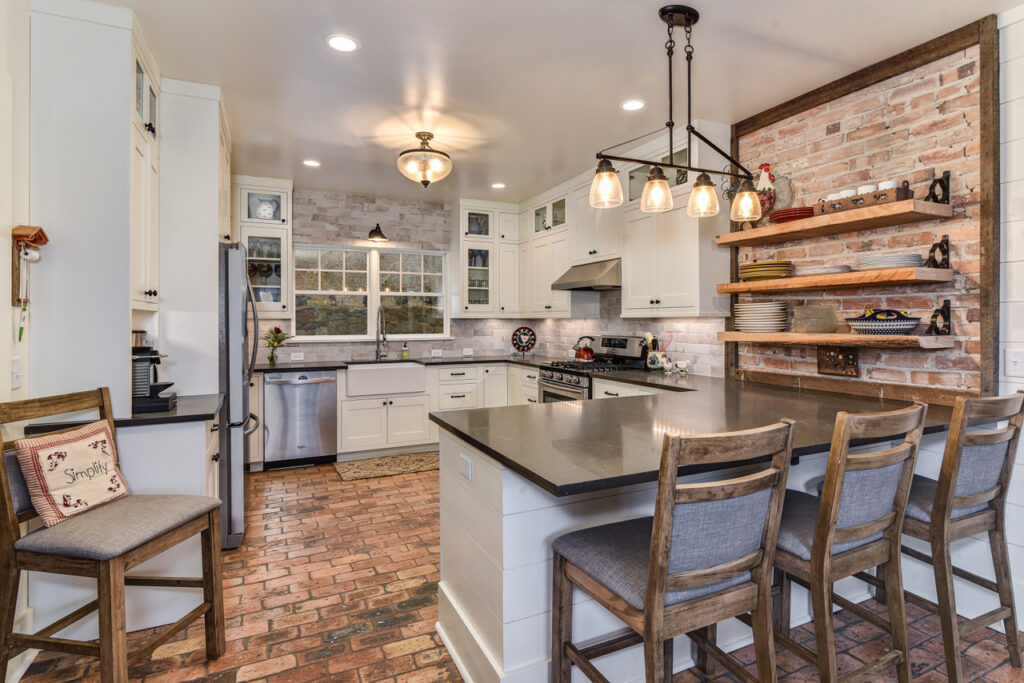“This house smells … different than the rest. Actually, it doesn’t really have a smell?!” Mrs. Lee said as she walked into the Parade of Homes entry I was manning last year.
Mrs. Lee, like many other visitors in years past, noticed what most builders are missing across the country: The importance of indoor air quality (IAQ).
I had the privilege, two years ago, of sitting in a research lab think tank with seven other top builders from across the nation. The question was posed to us: “What is the greatest concern you have about the homes you are building today?”
Each builder at the table said they were concerned about building homes so tight they might be poisoning the people that move into them.
When they got to me, I was dumbfounded by their answers and had to ask my own question, “Are you using a rater?” As they all shook their heads no, it occurred to me that I was the only one at the table who was testing and certifying my homes.
Did they have reason to be concerned about the health of their customers? You bet. According to the EPA, we spend as much as 90 percent of our time indoors, and our indoor environment is two to five times more toxic than our outdoor environment. In fact, 80 percent of all cancers are attributed to environmental rather than genetic factors, including exposure to carcinogenic chemicals, many of which are found in household cleaning products.

This kitchen features low-VOC paints and stains, low-VOC grouts, AirRenew drywall, low-VOC cabinets and a repurposed existing brick chimney chase.
Statistics show that people who live in green homes are happier, healthier, and more productive than those in non-green homes. Additionally, green homes sell faster, and for more money, than their non-green counterparts.
When I ask my prospective customers why green is important to them, they usually respond with an answer about being a good steward of the environment. Although green homes do give consideration to the external environment, builders have failed to recognize—and therefore educate people on—the fact that the indoor environment is equally important.
Green-certified checklists include categories for site, water, energy, materials and IAQ. There is an additional more stringent certification you can get within this checklist that focuses specifically on IAQ called “Indoor airPLUS.”
The checklists identify causes of indoor air pollution and offer points for remedying them. Sources of indoor air pollution include radon, tobacco smoke, mold, cooking and heating, household products and building materials.
Most people have heard of VOCs (volatile organic compounds) and formaldehyde, but few realize just how dangerous that they actually are to breathe.
We recognize these dangers and therefore have made it a standard to certify every home we build. We educate the client about the products that we are going to be using on their home like low-VOC adhesives, water-based finishes, shelving that is compliant with the California Air Resources Board (CARB) Phase 2 standards, and drywall that absorbs the remaining VOCs left in the home. We also make recommendations on products that they may select after moving in such as air fresheners, cleaning products, mothballs, furnishings and furniture.
Building a new home presents unique opportunities to get exactly what you want. Design, style, finish and energy conservation are usually the top reasons for building new. However, if you do your research, you may find that building a certified green home can present the greatest opportunity that you have to protect and preserve your health so that you can live a happier, healthier life.
Sean D. Sullivan is a leading green builder and a past president of the North Carolina Home Builders Association. In 2016, he was named the National Association of Home Builders’ Certified Green Professional of the Year. In addition to building aging-in-place projects, his firm Living Stone Design+Build is dedicated to certifying all their new homes with Energy Star, Green Built North Carolina, and Indoor airPLUS certifications.
You can also view this article as it was originally published on page 22 of the 2017-18 edition of the directory.


